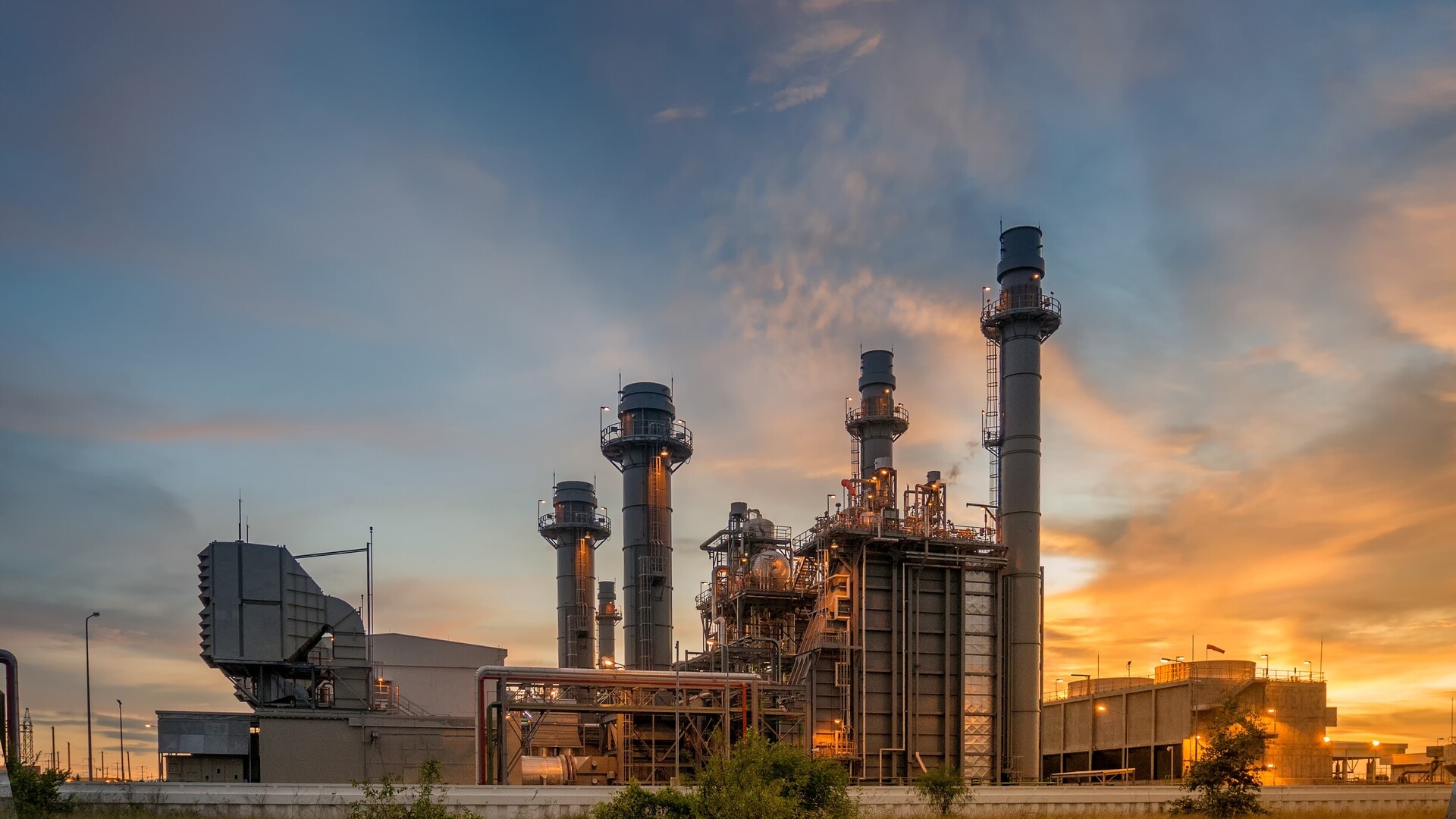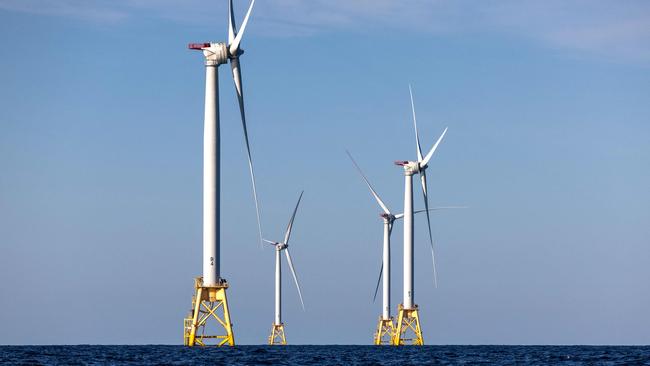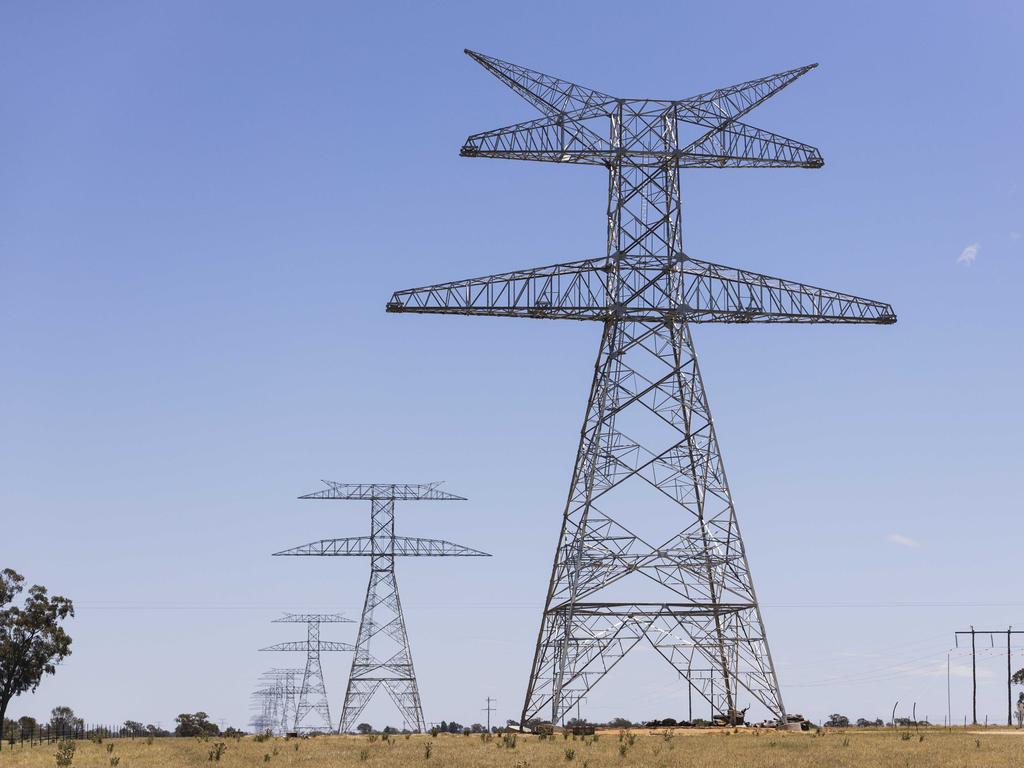Wind and solar industry urges Labor to embrace mandate for faster transition to 2030 target
Emboldened by Labor’s sweep, renewable energy proponents have urged Anthony Albanese to capitalise on his political momentum and hasten the transition away from coal.

Business
Don't miss out on the headlines from Business. Followed categories will be added to My News.
The federal government should seize on its support at the polls for bolder climate action and ditch fossil fuels sooner, Australia’s renewable energy industry has urged.
The landslide victory arms Prime Minister Anthony Albanese with a larger majority, and renewable energy advocates want him to act on that momentum and define a 2035 emissions target.
Marilyne Crestias, head of policy at the Clean Energy Investor Group, which represents some of Australia’s biggest renewable energy developers, said the election result should accelerate the energy transition and cultivate new jobs in wind, solar and batteries.
“This election has shown yet again that Australians back renewable energy, and want to see national leadership to match,” said Ms Crestias.
“It is time for the government to deliver the bold and co-ordinated energy policy the nation needs. Strong climate policy will unlock billions in investment, drive regional economic development, create high-quality jobs, and ensure a smooth energy transition for all Australians.”
The call to arms underlines the pressure Mr Albanese will now face as he returns to Canberra. Labor has already set an aggressive target of having renewables generate 82 per cent of the country’s power by 2030, a key pillar of its plan to achieve 43 per cent emissions reduction by 2030. Labor has also set a net zero emissions target by 2050.

Critics of the transition insist coal – still the dominant source of Australia’s electricity – provides a reliable source of power, and gutting it would harm regional communities.
But many of the country’s coal power stations are approaching the end of their technical lifespans amid social and economic pressures. The Australian Energy Market Operator estimates that all of the country’s coal power fleet will have been retired by 2037.
The most likely test case for whether Labor sets a more aggressive legislative agenda will be its 2035 emissions target, which it has yet to articulate.
Labor sources have cautioned against expectations of policy initiatives beyond its election manifesto, insisting doing so would jeopardise its standing with voters.
Still, the Labor victory is likely to quell intense debate about the future of Australia’s energy mix. The Coalition had campaigned on a platform of publicly owned nuclear power stations, a policy that proved unpopular.
However, Nationals senate leader Bridget McKenzie on Monday left the door open to a future Coalition nuclear policy. Senator McKenzie said the nuclear plan was hurt by Labor’s “false advertising”, rather than inherent problems with the policy itself.
“I’ve been a huge fan of nuclear and (for) the National Party it’s been a policy position for over a decade for us,” she said.
But with a period of policy reflection now likely, energy leaders have welcomed the prospect of the industry being allowed to get on with the transition.
Kane Thornton, chief executive of the Clean Energy Council, said Australia must end its energy wars and get on with building zero emissions sources of power.

“It’s now time to leave the politics behind and get on with the job of rolling out renewable energy to deliver affordable and reliable power for all Australians,” said Mr Thornton.
While Labor gets a honeymoon period, it cannot sleepwalk through its looming problems.
The Australian Energy Market Operator has warned the country’s east coast will by the end of the decade experience gas shortfalls without urgent action to unlock new sources of supply.
Labor will also face renewed pressure on the thorny issue of offshore wind.
It has earmarked six regions for developing large-scale wind turbines out at sea, but several remain controversial. Labor has vowed to push on with the industry’s development, which it hopes will be a major contributor to its 2050 ambitions.
The Australian reported last week that Norwegian energy giant Equinor received special treatment from federal Labor buying it more time to decide whether to accept a development licence for a controversial offshore wind project off the coast of NSW until after the election.
Labor gave Equinor 90 days to determine whether to accept the licence offer. Other projects located in offshore wind regions elsewhere in Australia got 14 days.
The Australian Energy Regulator has also been tasked with leading work on the post-2030 design of the country’s National Electricity Market rules, and a growing number of Australia’s largest energy companies are seeking faster progress.
Originally published as Wind and solar industry urges Labor to embrace mandate for faster transition to 2030 target





